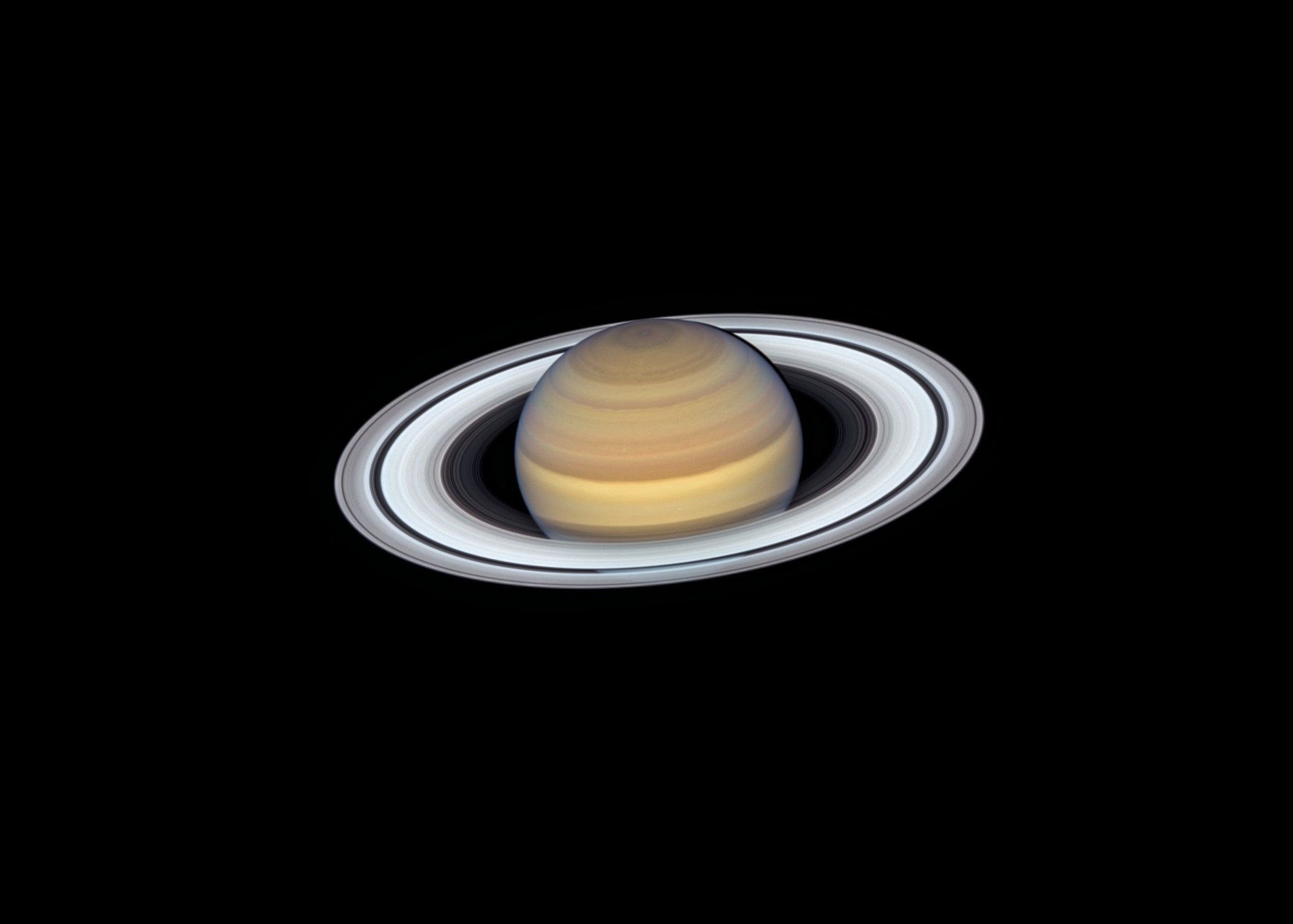Based on data from the Cassini spacecraft, astrophysicists recently pinpointed the size of Saturn's core by examining its influence on the large C ring of the planet. planet. The team determined that this core made up of a combination of ice, rock, hydrogen and helium was about fifty times more massive than Earth, making it much more diffuse than previously thought. .
The geological viscera of our planet, the Moon and more recently Mars have been analyzed using seismometers. These instruments record the trajectory of seismic waves moving through the different layers of the object under study, behaving differently depending on the material traversed. By studying these behaviors, researchers can then estimate their internal composition. Devoid of a solid surface, Saturn makes this examination impossible.
On the other hand, orbiting probes can roughly map the layered structure of a gaseous planet by detecting subtle changes in gravity. However, Saturn's core has such a small effect on the planet's gravitational field that the technique cannot be used to visualize it accurately. This brings us back to the C ring of the planet.
Over the past three decades, researchers have observed strange spiraling waves inside this ring thanks to the Voyager and Cassini missions. They thus learned that these spirals are caused by ongoing oscillations at the very heart of the planet . These oscillations cause changes in the local gravity field that attract the ice particles contained in Saturn's C ring and "make them dance".
"In other words, Saturn is an orchestra “, points out Robin George Andrews, of the New York Times. “Different notes appear on the C ring like those in sheet music. Scientists can read these notes, hear the music, and identify the instruments and musicians performing, all without ever seeing the orchestra itself “.

Based on data from the Cassini probe that explored Saturn's system from 2004 to 2017, researchers at the California Institute of Technology "listened" to the various notes produced inside the C ring over time. These analyzes made it possible to "trace up" to the orchestra and determine the structure of the planet's core.
This work, published in Nature Astronomy, revealed a colossal nucleus. Approximately 55 times more massive than Earth , it represents 60% of the radius of the planet .
Furthermore, until now we thought that Saturn's interior had a sharp divide between a compact core of rocks and ice and an envelope composed mostly of hydrogen and of helium. However, these analyzes reveal that this core is in reality much more diffuse. Rocks and ice slowly give way to the most gaseous parts of the planet as we move away from the core, which, in fact, offers no clearly defined boundary.
To Christopher Mankovich, lead author of the study, these new findings on Saturn add credence to the idea that the evolution of gas giants is a gradual process started by building a kernel from the coagulation of pieces of space rock around which gas wraps to form the rest of the planet.